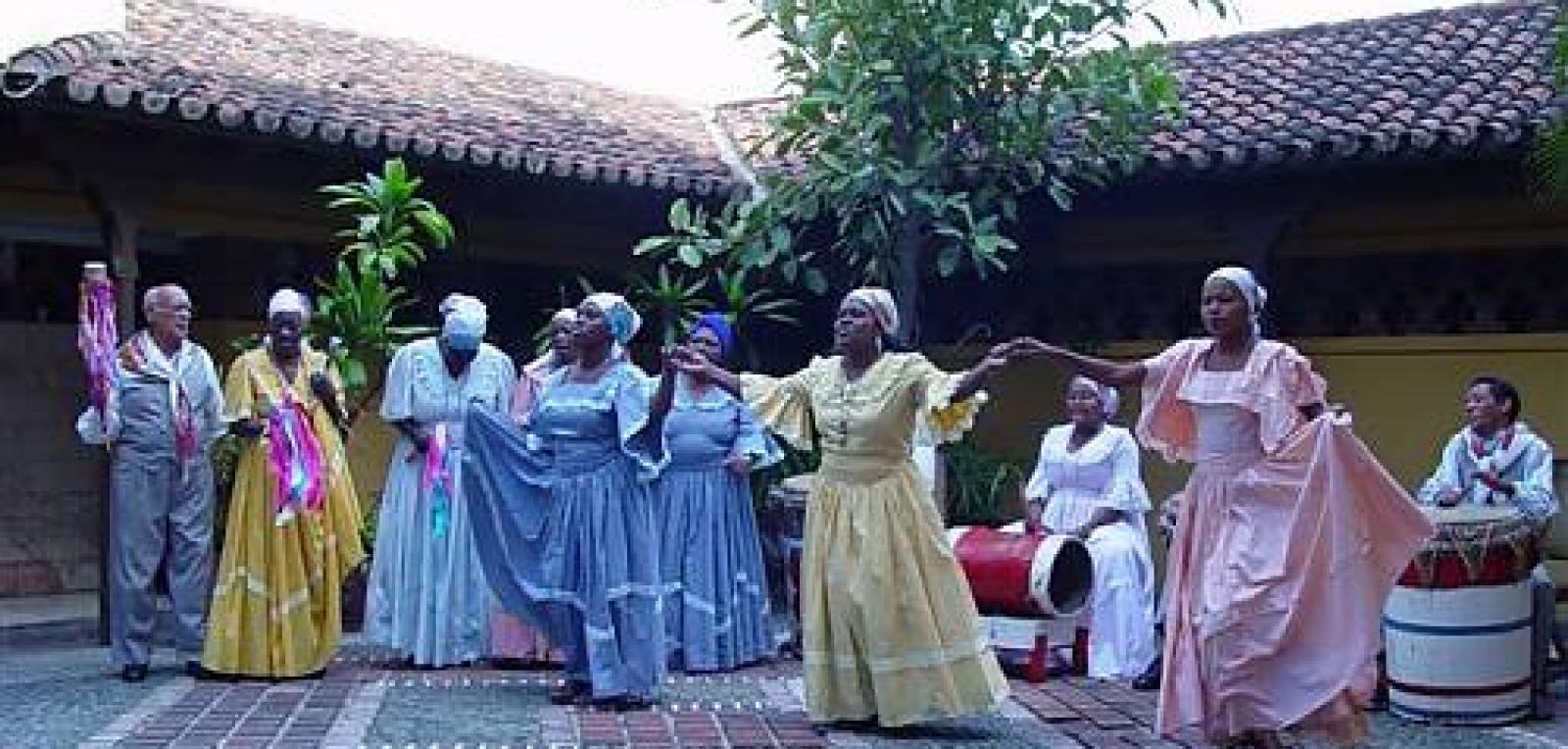
As a result of the arrival in Cuba of French settlers after the slave uprising in Haiti at the end of the 18th century, the French &tumba" is today a musician-dance expression well rooted in Cuban culture.
The peculiar artistic manifestation developed by the Haitian slaves who came with their masters was declared by UNESCO in 2003 a Masterpiece of the Oral and Intangible Heritage of Humanity, in recognition of the preservation of authentic popular traditions for generations.
The coffee plantations in the eastern part of the country were the scenarios where the creativity of men and women who settled in a new land was displayed, socially subdued, but free in the essence of their cultural memory.
In the tumba, a voice that means party or revelry in the Bantu language, the influence of the ballroom dances performed in France is appreciated, as well as in the costumes, but in the musical instruments, songs and touches the African origin is maintained.
Among the instruments, stand out large single-headed drums called tumbas; the tambora or tambourine, smaller and with two heads, a xylophone called a catá; and the chachás, a kind of metal maracas.
The dancers wear wide and long gowns, colored African-style scarves tied around their heads, necklaces, fans and other accessories, making the chachás sound with their hands. Men mainly wear white pants and shirts.
Traditionally, the French tumba has had four different modalities of &touch", as the festival and the music that is played are called: the Mason, a parody of French ballroom dancing; the yubá, an improvised dance to the frenetic rhythm of the drums; the fronté, where the man is the main figure; and the ribbon, around a trunk from which colored strips hang.
At the end of the 19th century and the beginning of the 20th, societies arose that today keep the French tumba alive: La Caridad de Oriente, in Santiago de Cuba; the Pompadour or Santa Catalina de Riccis, in Guantánamo; and La Bejuco, in the mountainous area of Sagua de Tánamo, Holguín province.
The challenge for these institutions and for the entire national culture is that this ancient and relevant manifestation continues to endure over time and into future generations.